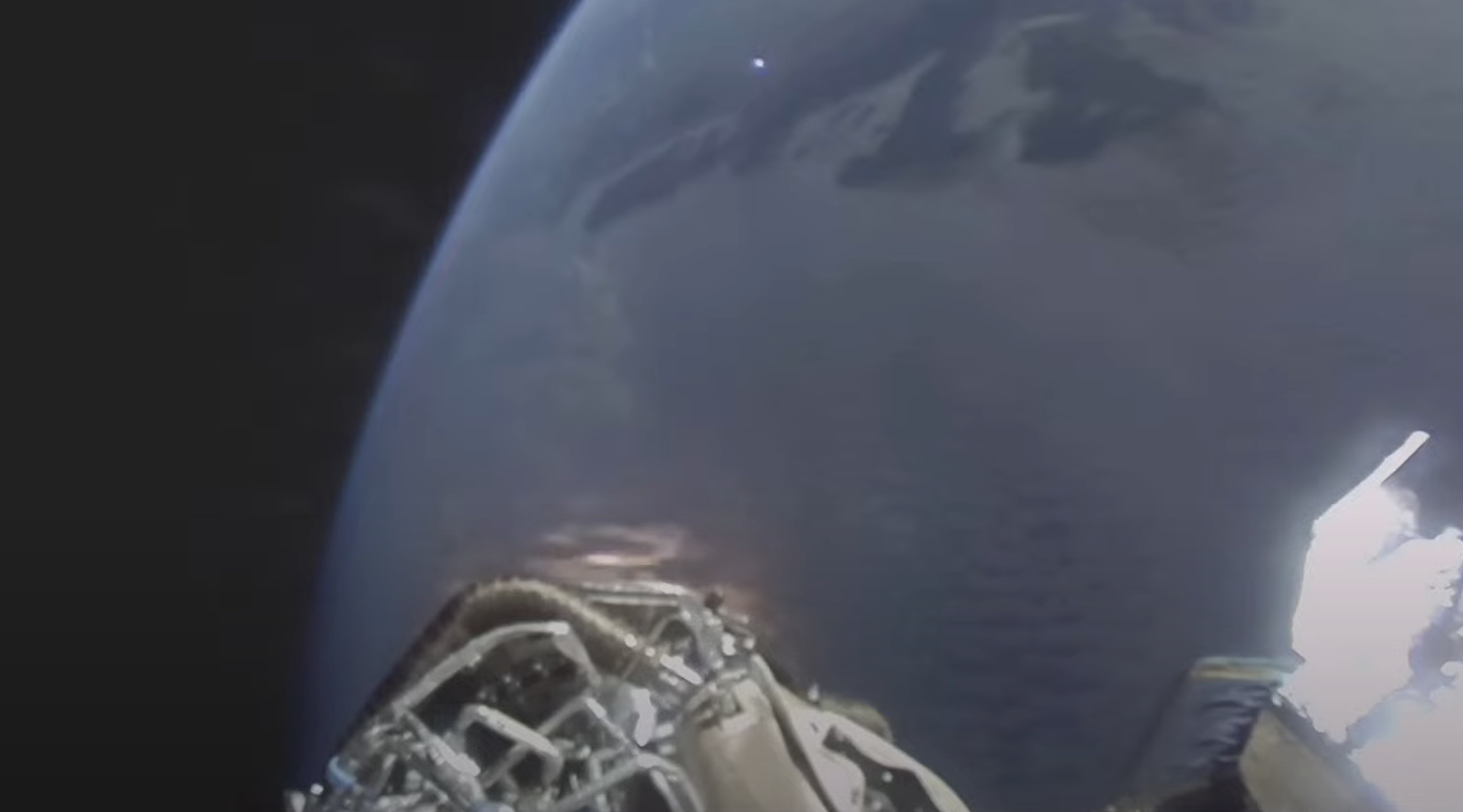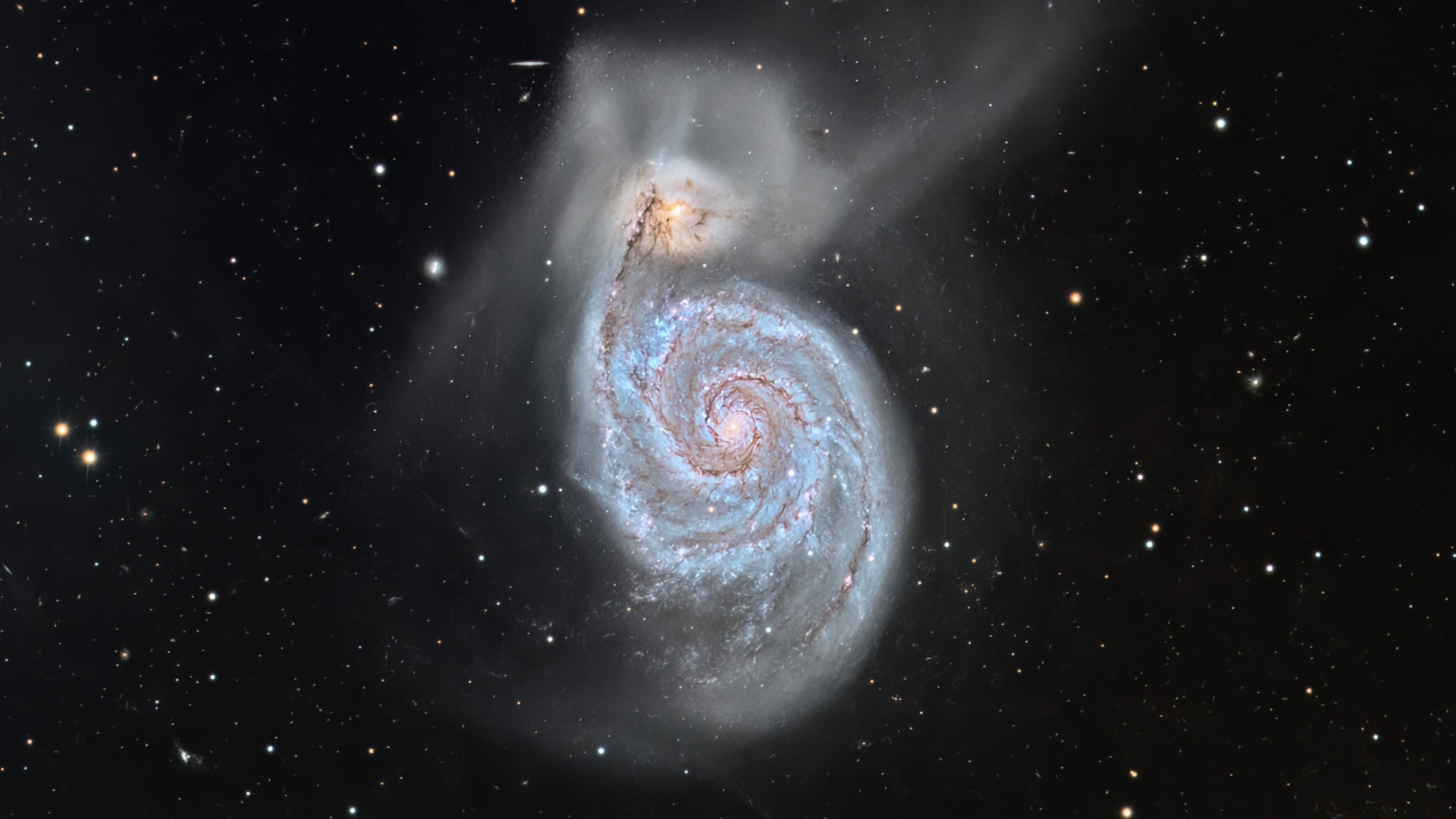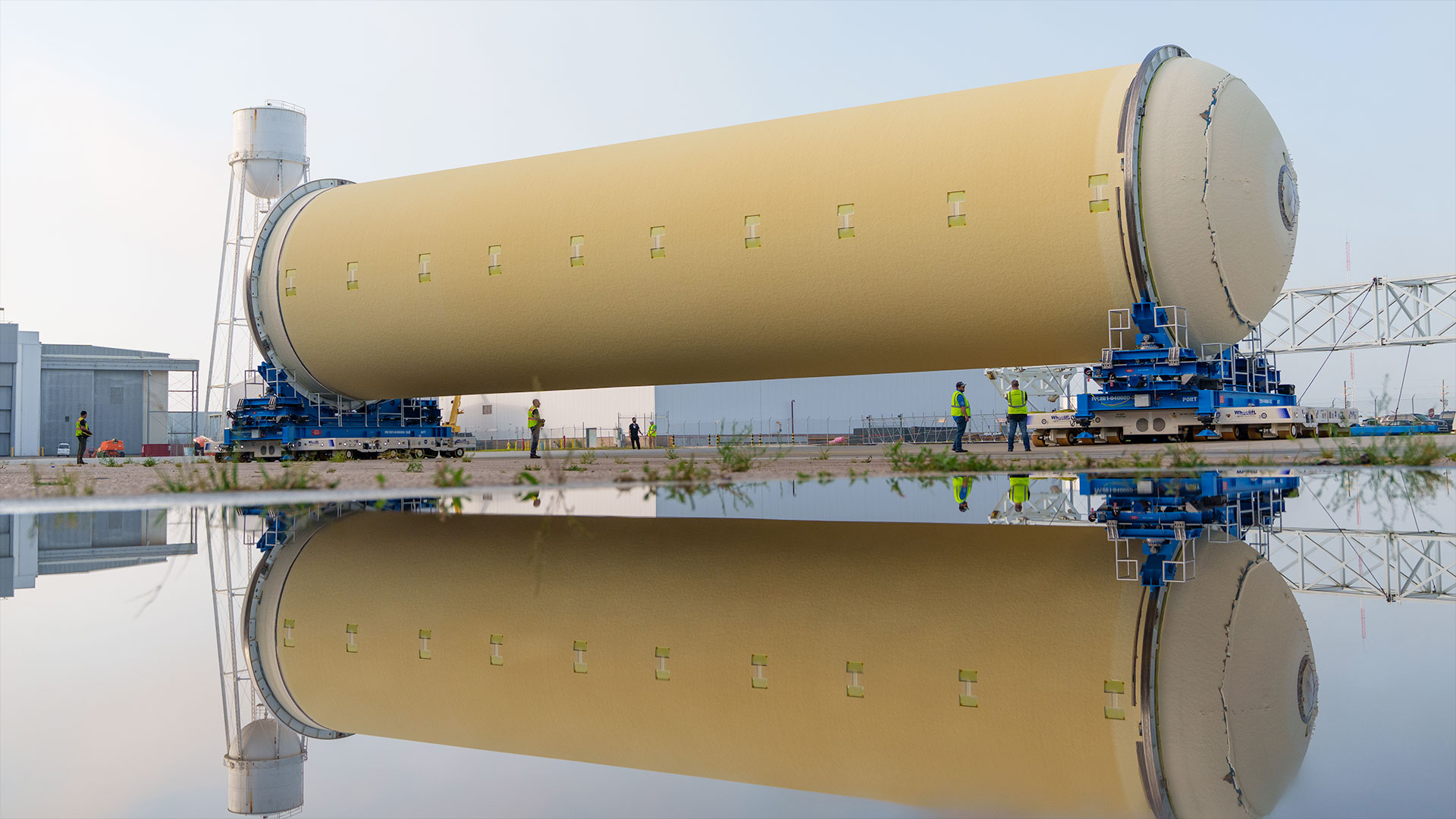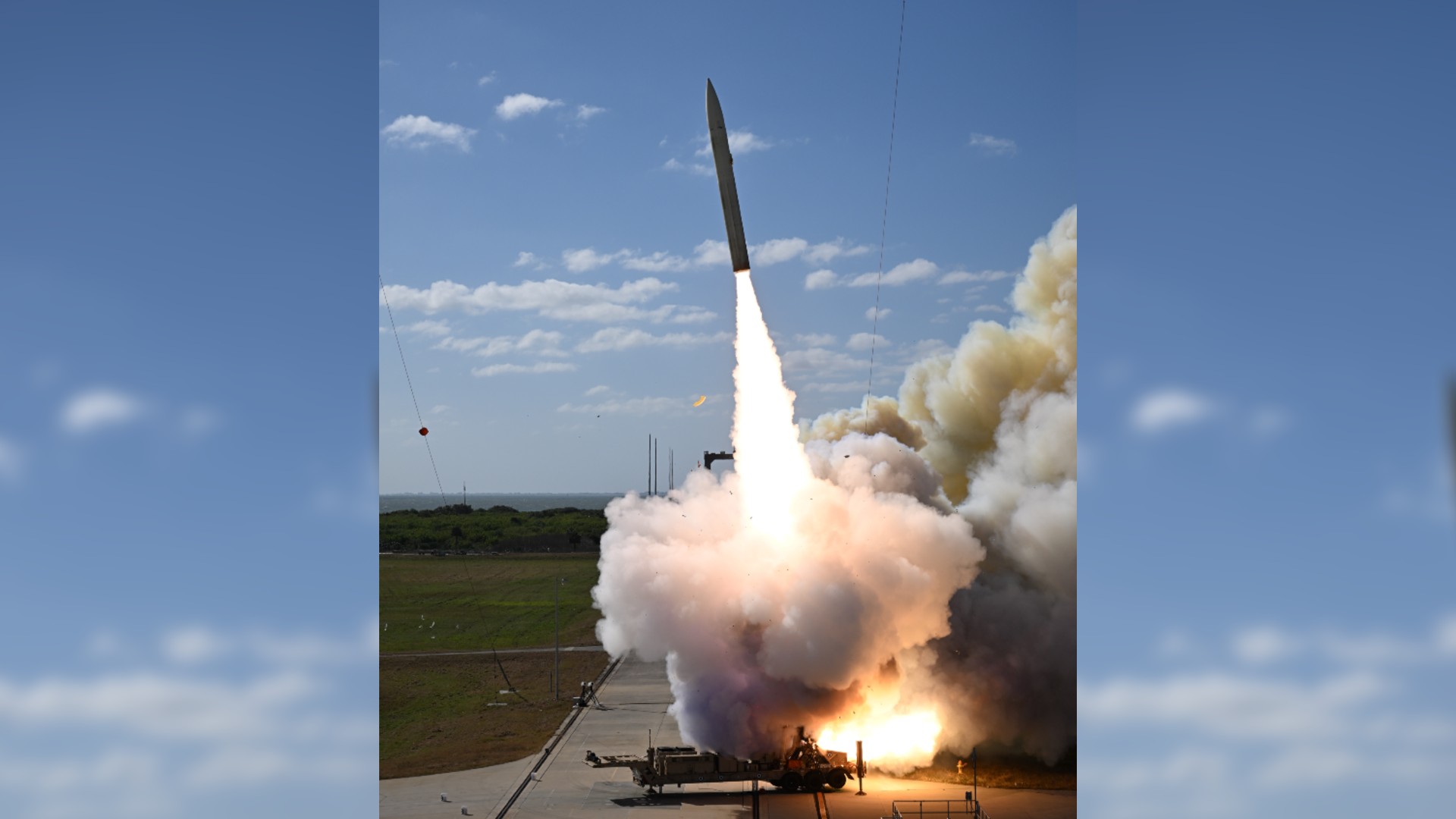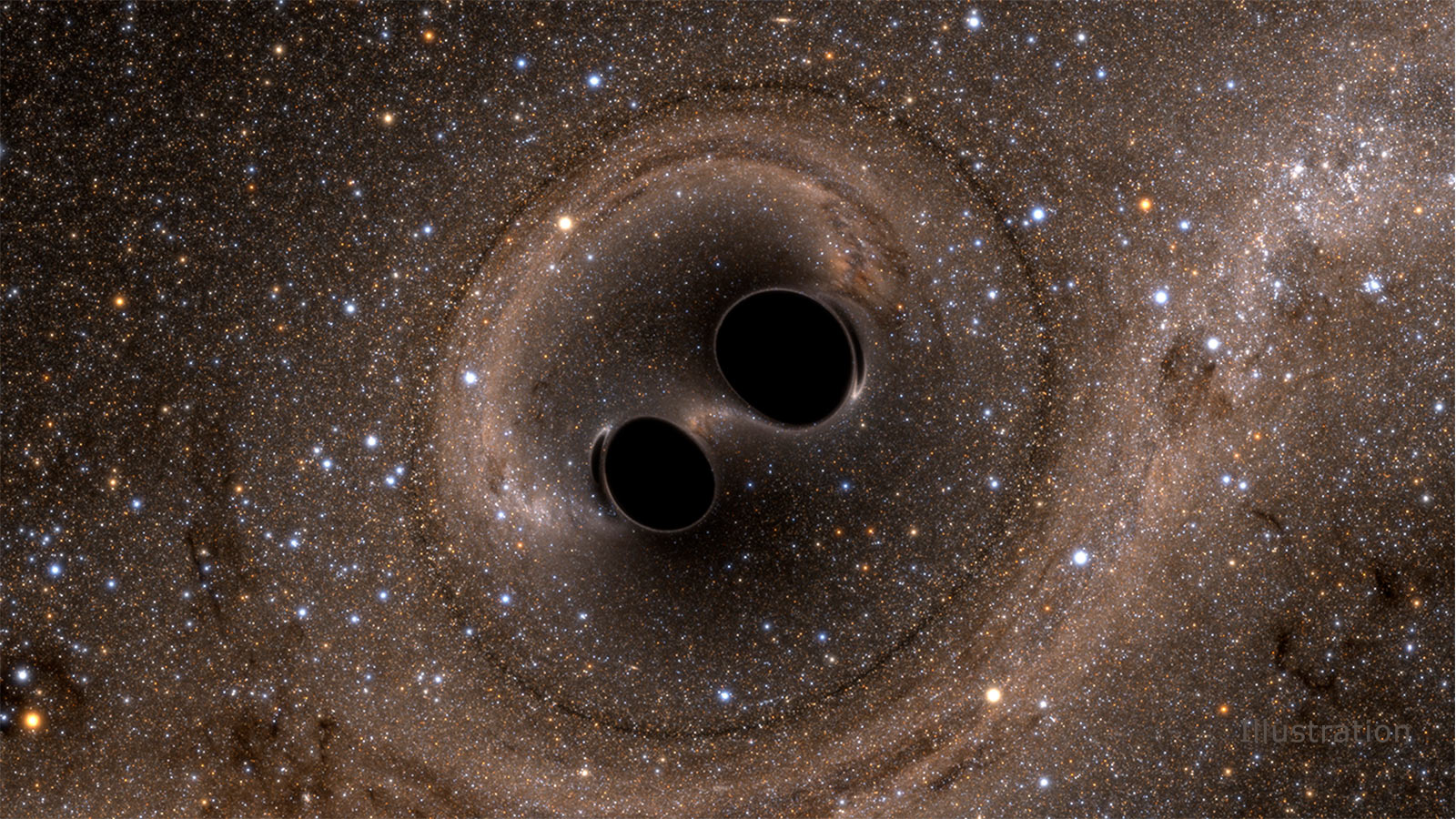Jupiter's Core Twice as Big as Thought
Jupiter hasa rocky core that is more than twice as large as previously thought,researchers announced today.
BurkhardMilitzer, a geophysicist at the University of California, Berkeley, and hiscolleagues ran computer simulations to look at conditions inside Jupiter on the scale ofindividual hydrogen and helium atoms. Particularly, the researchers examinedthe properties of hydrogen-helium mixtures at the extreme pressures and temperatures that occur in Jupiter's interior.
Withinformation gleaned from these simulations, the researchers developed anothercomputer model. They found Jupiter's core is an Earth-likerock that's 14 to 18 times the mass of Earth, or about 5 percent of Jupiter'stotal mass. Previous studies suggested the core was only seven Earth masses orthat Jupiter had no core at all.
Militzer'steam found the planet's core is made up of layers of metals and rocks, alongwith methane ice, ammonia ice and water ice. Above this layer, they suspect an atmosphereof mostly hydrogen and helium. A metallic ball of iron and nickel, just like Earth'score, probably lies at the center of Jupiter's rocky core, they said.
"Oursimulations show there is a big rocky object in the center surrounded by an icelayer and hardly any ice elsewhere in the planet," Militzer said. "Thisis a very different result for the interior structure of Jupiter than otherrecent models, which predict a relatively small or hardly any core and amixture of ices throughout the atmosphere."
SoJupiter's interior would resemble that of Neptune and Uranus, which appear tohave a rocky core surrounded by icy hydrogen and helium, but without the gasenvelope of Jupiter and Saturn.
The large,rocky core implies that as Jupiter and other giantgas planets formed 4.5 billion years ago, they grew through the collisionof small rocks that formed cores that captured a huge atmosphere of hydrogenand helium.
Get the Space.com Newsletter
Breaking space news, the latest updates on rocket launches, skywatching events and more!
"Accordingto the core accretion model, as the original planetary nebula cooled,planetesimals collided and stuck together in a runaway effect that formedplanet cores," Militzer said. "If true, this implies that the planetshave large cores, which is what the simulation predicts. It is more difficultto make a planet with a small core."
Analternative theory has the gas giants collapsing from a cloud of gas and dust,much like a star does.
Theresearch, which is published in the Nov. 20 issue of the journal AstrophysicalJournal Letters, was funded by NASA and the National Science Foundation.
- Video ? Sharpening Up Jupiter
- Video: Follow New Horizons on its Jupiter Flyby
- Images: Jupiter and its Moons
Join our Space Forums to keep talking space on the latest missions, night sky and more! And if you have a news tip, correction or comment, let us know at: community@space.com.

Space.com is the premier source of space exploration, innovation and astronomy news, chronicling (and celebrating) humanity's ongoing expansion across the final frontier. Originally founded in 1999, Space.com is, and always has been, the passion of writers and editors who are space fans and also trained journalists. Our current news team consists of Editor-in-Chief Tariq Malik; Editor Hanneke Weitering, Senior Space Writer Mike Wall; Senior Writer Meghan Bartels; Senior Writer Chelsea Gohd, Senior Writer Tereza Pultarova and Staff Writer Alexander Cox, focusing on e-commerce. Senior Producer Steve Spaleta oversees our space videos, with Diana Whitcroft as our Social Media Editor.

